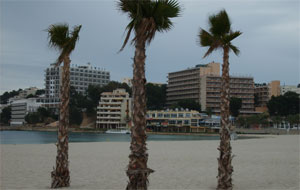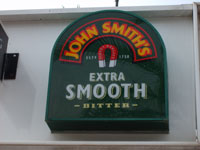Magaluf: It is the big British holiday resort on Mallorca. You hardly find any Germans here. The place consists of beaches, pubs, nightclubs and large hotels. Magaluf is the opposite of a romantic or quiet holiday resort: beer, partying, fun and sex are the main activities of the guests. What Ballermann is for the Germans, Magaluf is for the British. In addition to the British crowd, there are also many Scandinavians and Irish people. You will usually look in vain for hotels in Magaluf in German catalogues. However, if you fancy a few days of partying, you can find a room online. In contrast to Ballermann, the crowd is younger and you can hear modern music in the clubs. Some of the discos are among the biggest on Mallorca, some have over 5,000 visitors until the morning in summer. The fun is not cheap, however, and the clubs have hefty entrance fees in high season. There is not much going on in winter, but many of the British bars and Irish pubs are open. In the hinterland of Magaluf there are several large amusement parks, the most famous of which is the Aquapark.

Concrete dominates the architecture in Magaluf

 In Magaluf almost everything is in English
In Magaluf almost everything is in English
Magaluf is on the other side of the metropolis of Palma de Mallorca from Ballermann, about 20 km west of the capital of Mallorca. If you arrive at the airport, you have to go through the city to get to Magaluf. In recent years, more tourists from Eastern Europe have come to what was once an almost purely British holiday resort. A striking number of holidaymakers also come from Sweden and Norway.
The most famous nightclub in Magaluf is probably the BCM Nightclub. World-famous DJs play here, and the light shows and laser shows are known far beyond Mallorca, especially in England. There are several large amusement parks near Magaluf, such as water parks and western parks.
Palma Nova: The town has now completely merged with Magaluf. Similar to Magaluf, but less extreme. The clientele is more international, and there are also some German advertising signs. However, English is clearly the predominant language here. A little nicer, especially the harbor. Also aimed at younger tourists, including young families.
Bus connections: Several buses run to Palma de Mallorca every hour all year round. Fare around 5 euros one way, journey time around 1 hour. There is also a connection at least once an hour from the neighboring German holiday resorts of Peguera and Santa Ponca. Lines 105, 106 and 107 run between Magaluf,
Magaluf city map